I know it’s hard to believe but …
I practically ran my dehydrator day and night for two years. (And, yes, it’s still kickin’!)
From veggies and fruits to herbs and meats, I’ve produced A LOT of dried foods in my home.
After a while, certain items rose to the top as family-favorites—not only for their taste, but also for their versatility in meal prep.
Without further ado, let’s jump into the list!
7 Best Foods to Dehydrate
1. Carrots
Carrots are a great vegetable to dehydrate because they retain their nutrients well and can be used in various dishes.
Simply wash, peel, and slice them before placing them in your dehydrator. If you want to retain their vibrant orange hue, blanch them first in boiling water for 3 minutes.
Once they’re dehydrated, you can use them in soups, stews, or even rehydrate for use in coleslaw.
2. Frozen Mixed Vegetables
Dehydrating frozen mixed vegetables is a great time-saving option as they’re already prepared and ready for the dehydrator.
Simply spread them out on the trays, and let your food dehydrator work its magic. This will give you a versatile mix of vegetables ready for use in all sorts of recipes, from pasta dishes to casseroles.
We like to rehydrate and use in this cast iron fried rice recipe!
3. Cabbage
Cabbage is another fantastic choice for dehydrating, as it retains its nutrients and can be rehydrated easily. First, wash and shred the cabbage. Next, blanch it. This will help it rehydrate better and prevent it from having a weird texture.
Then, place it in your dehydrator. Once it’s dry, you can use it in practically any dish you like.
Try it in this unstuffed cabbage roll casserole!
4. Corn
Corn is both nutritious and delicious when dehydrated. You can use fresh or frozen corn. Dehydrated corn can be used in various recipes such as soups and stews.
We use it in our sloppy joe potatoes. It is meal #3 in our Food Storage Meal Plan: Beef Edition!
5. Beans
Dehydrating beans is a surprisingly good option to save space. I adopted this method before I knew how to pressure can, yet I wanted to make good use of my bulk bean storage.
You just cook the beans first, let them cool, and spread them on your dehydrator trays.
Here is a detailed video tutorial for dehydrating beans:
6. Bell Peppers
Bell peppers are an excellent choice for dehydrating since they’re flavorful and easy to dry. Simply wash, core, and slice or dice them before placing them in your dehydrator.
Dehydrated bell peppers can be used widely in recipes, from omelettes to stir-fry dishes.
We love them in our Instant Pot venison chili—no need to rehydrate first!
7. Potatoes
Dehydrating potatoes extends their shelf-life and makes them ideal for long-term storage. After washing, peeling, and slicing, you definitely want to blanch them first.
With most dehydrated foods, blanching is optional—not so with potatoes. They will turn an icky black color!
Blanch them in boiling water for 4 minutes, then immediately place them in an ice bath. Drain well, then place the potatoes on your dehydrator trays.
I could write a whole separate blog post on all the ways we use dehydrated potatoes—and perhaps I will some day—but we use them frequently in our dehydrated potato soup!
8. Rice (For Instant Rice)
Dehydrating cooked rice turns it into instant rice, which is perfect for quick meals. Simply cook the rice, cool it, and spread it out on your dehydrator trays.
When you need instant rice, just add equal parts rice and boiling water, and it’s ready to serve in 5 minutes.
Alternatively, you can toss it straight into your meals in jars. That’s what we do!

9. Herbs
Dehydrating herbs is a great way to preserve their flavor for use in your cooking. Simply wash and dry the herbs, remove excess stems, and place them in the dehydrator.
It’s important to dry them on the lowest setting possible. For most dehydrators, that is typically 95 degrees F.
Once they’re dry, store them in airtight containers. We prefer Mason jars, so we can vacuum seal them like this.
10. Fruits
Dehydrating fruits creates delicious and healthy snacks. Some of the best fruits to dehydrate include:
- Apples
- Apricots
- Peaches
- Pears
- Cherries
- Blueberries
Just remember to wash, peel (if necessary), and slice fruits before placing them in the dehydrator. Most fruits benefit from a citric acid dip to keep them from browning.
Enjoy these dehydrated fruits in granola, trail mixes, or as a standalone snack!
Rehydrating and Using Your Dehydrated Foods
Though some dried items can be tossed directly into your dishes, others need to be rehydrated first.
If your dish is liquid-based, you typically don’t need to rehydrate prior to cooking. For all other dishes, you should rehydrate.
I do this one of two ways (here’s a complete post about it):
- If I have time, I’ll soak the dehydrated food in a bowl of hot water for at least an hour prior to using.
- If I don’t have time, I’ll pour boiling water over the dried food, place a plate over the bowl to trap in the steam, and let sit for 5-10 minutes.
Soups, Stews, and Chilis
Dehydrated foods are perfect for soups, stews, and chilis as they don’t need to be rehydrated.
You can include:
- Dehydrated vegetables like carrots, beets, and mushrooms.
- Tomato powder to thicken and flavor your soup.
- Herbs and spices for added aroma and taste.
Casseroles
Casseroles are another great option for making use of your dehydrated foods. Rehydrate your ingredients first, then mix them in with the rest of your casserole elements.
Some suggestions:
- Dehydrated greens to add some nutritious fiber.
- Shredded potatoes to bulk up and stretch the meal.
- Tomato powder for added flavor and thickness.
Stir Frys
The key here is to thoroughly pat dry your foods after you’ve rehydrated them. Some tips:
- Use dehydrated vegetables like broccoli, cabbage, and mushrooms.
- Add in herbs and spices.
- Try dehydrated rice (instant rice) for a quick meal.
Snacking and Trail Mixes
Dehydrated foods are an excellent option for healthy snacks as they retain most of their nutrients after being dehydrated.
Check out our post dedicated to dehydrating food for snacks!
Create a delectable trail mix with:
- Dehydrated fruits like apples, blueberries, and cherries.
- Fruit leather bits for added chewiness.
- Your favorite nuts and seeds for crunch and protein.
Be adventurous and enjoy the versatility of your dehydrated foods!
Recommended dehydrator:
Prices pulled from the Amazon Product Advertising API on:
Product prices and availability are accurate as of the date/time indicated and are subject to change. Any price and availability information displayed on [relevant Amazon Site(s), as applicable] at the time of purchase will apply to the purchase of this product.
FREE FOOD STORAGE PLAN!
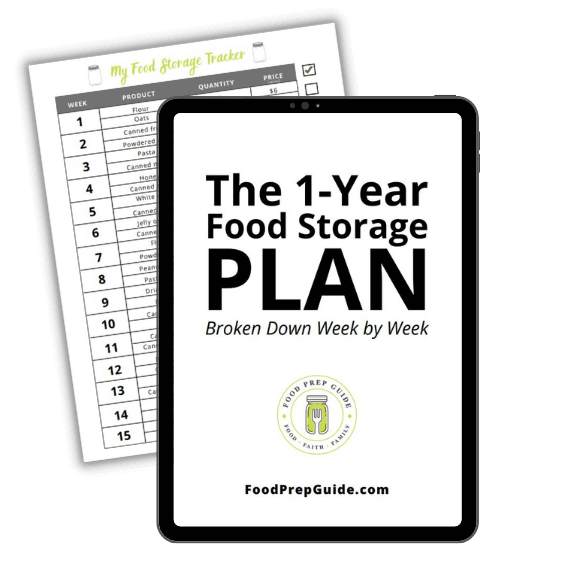
Does gathering and storing a year’s worth of food for your family seem overwhelming and unachievable?
Make it easy with our step-by-step plan. Subscribe to our weekly newsletter & we’ll send it to you FREE!




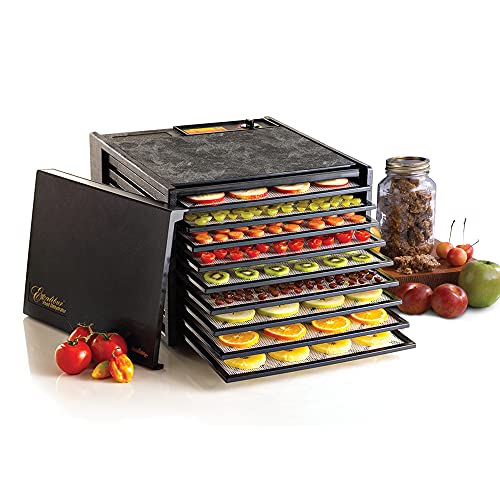
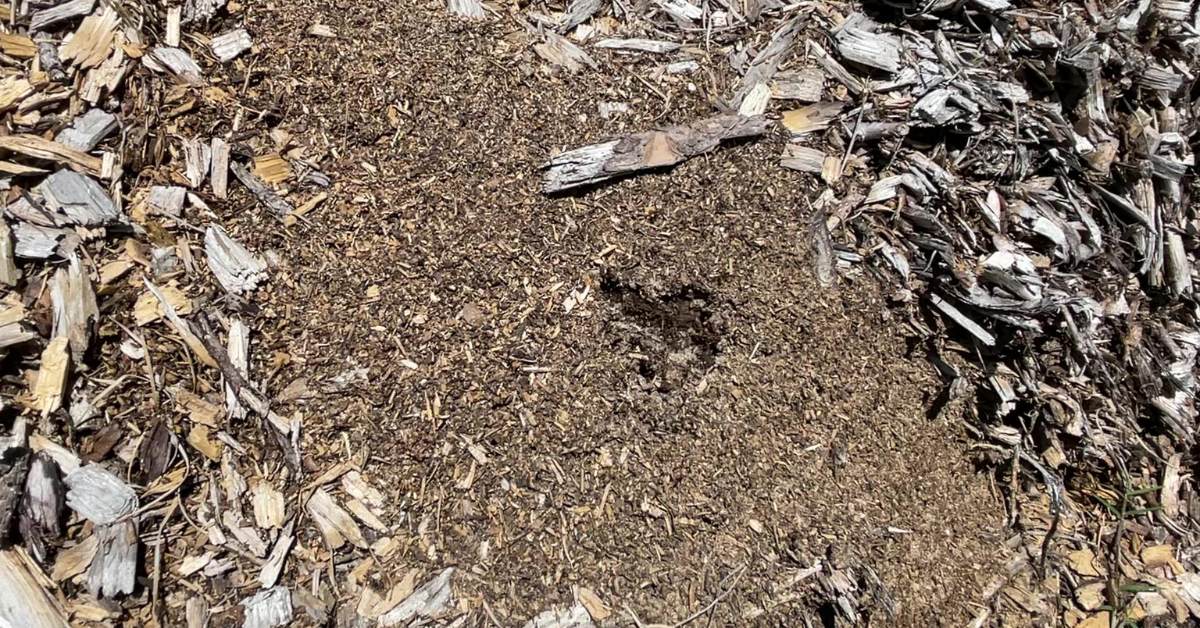




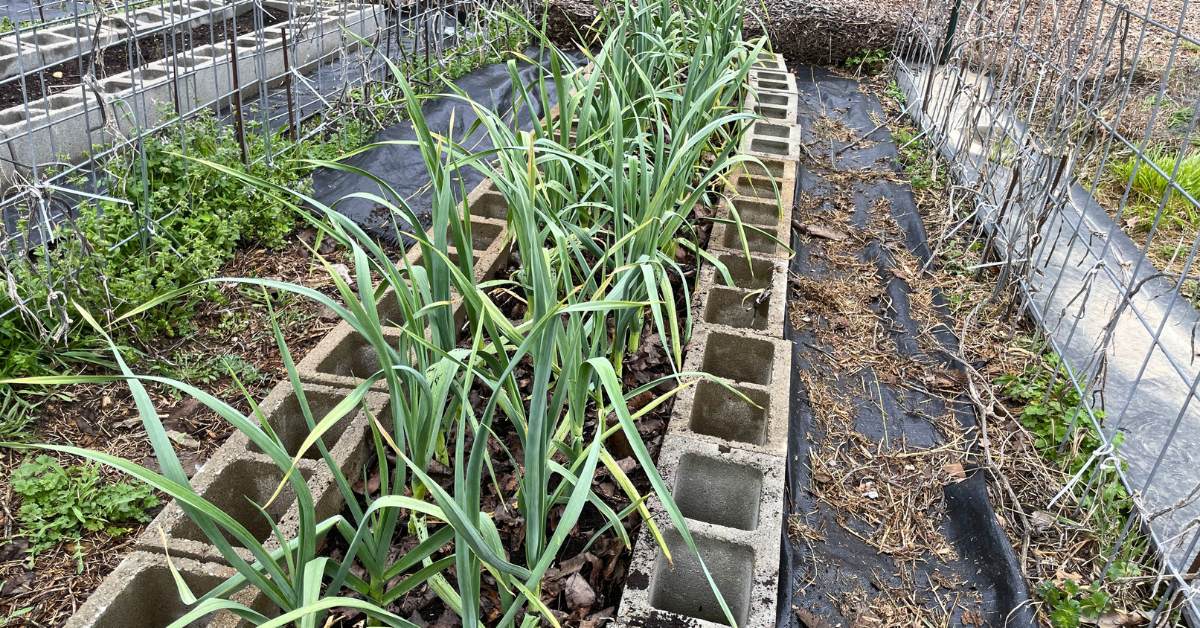
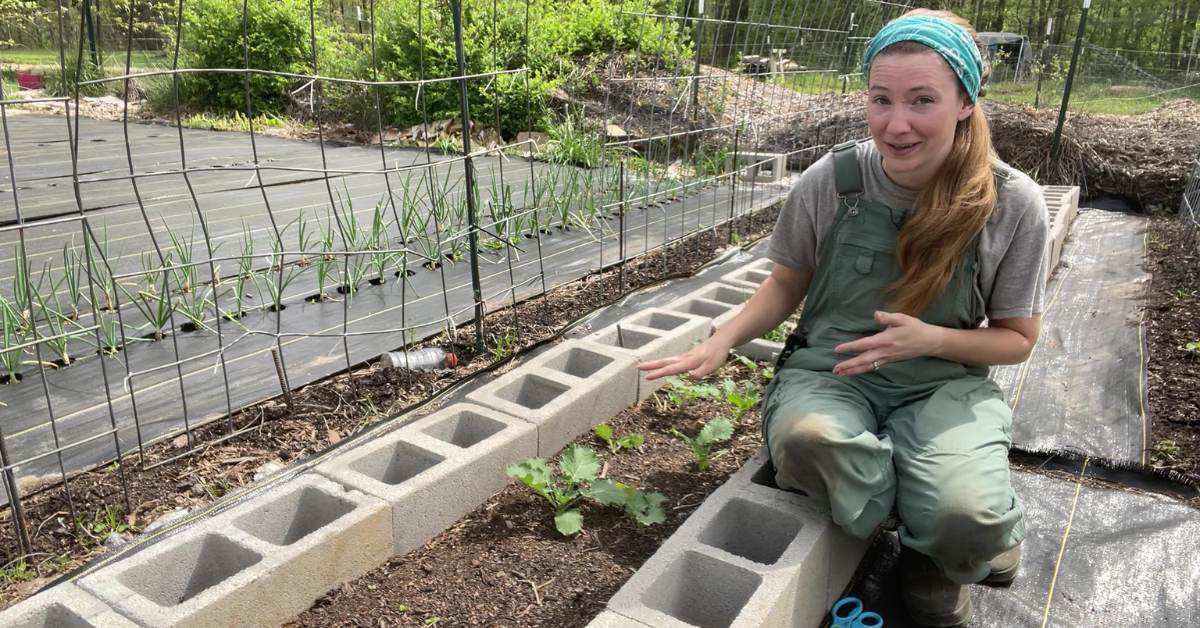
Thank you!